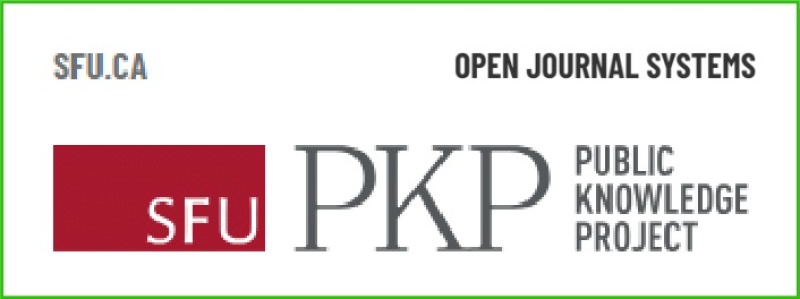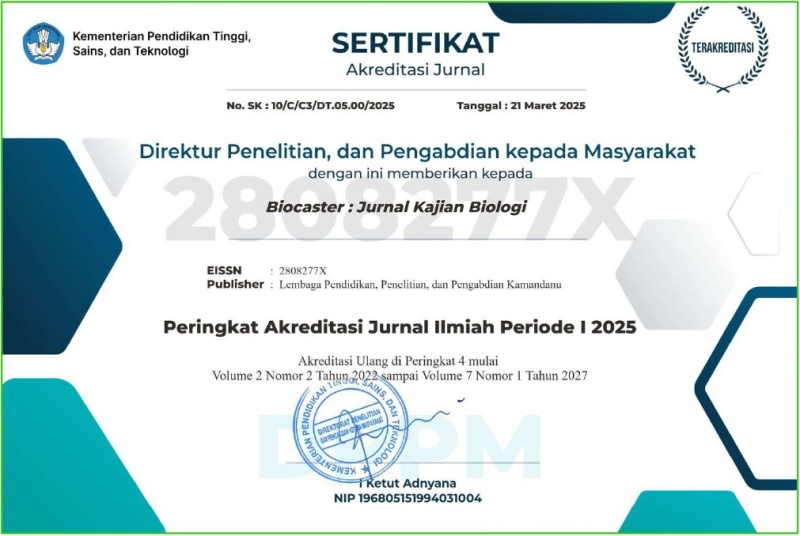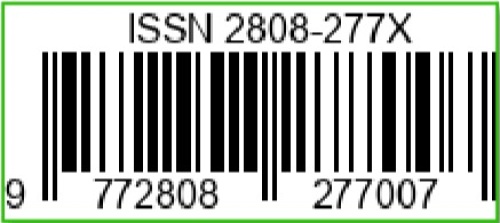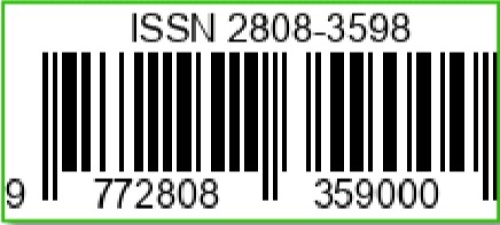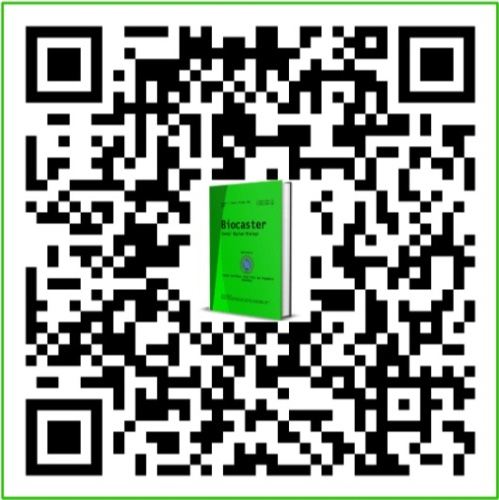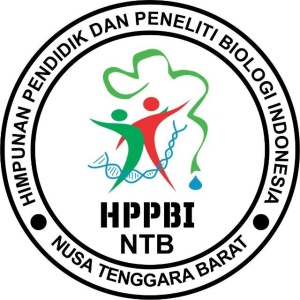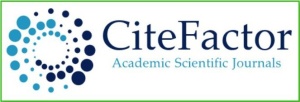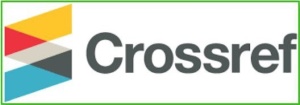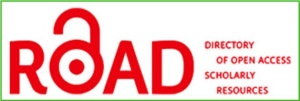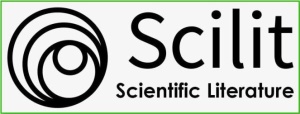Analisis Drug Likeness, Toksisitas GUSAR, dan Docking Senyawa Antidesma bunius sebagai Obat Hipokolesterolemik
DOI:
https://doi.org/10.36312/biocaster.v5i3.575Keywords:
Antidesma bunius, Hypercholesterolemia, Drug Likeness, GUSAR, Molecular Docking, HMG-CoA ReductaseAbstract
Hypercholesterolemia is a major risk factor for cardiovascular disease and requires alternative therapies derived from natural products to minimize the side effects of synthetic drugs. This study aimed to evaluate the potential of bioactive compounds from Antidesma bunius as hypocholesterolemic drug candidates through an in silico approach, including drug likeness screening, toxicity prediction (GUSAR), and molecular docking against the HMG-CoA reductase enzyme (PDB ID: 1HWK). From 104 compounds identified via GC-MS, 52 met the Lipinski’s Rule of Five (Ro5) criteria, indicating favorable oral pharmacokinetics. Toxicity prediction using GUSAR revealed that most compounds had oral LD₅₀ values >2000 mg/kg and were classified as having low to non-toxic profiles according to OECD standards Compounds such as Farnesol, 3-Deoxy-d-mannoic lactone, and Ambrettolide were classified in toxicity class 5 to non-toxic based on their high LD₅₀ values, particularly through oral and subcutaneous routes, indicating a wide safety margin. Docking analysis showed that Ambrettolide (−6.5 kcal/mol) and Acenapthylene (−6.4 kcal/mol) had stronger binding affinities than Pravastatin (−6.2 kcal/mol), a standard control drug, suggesting that certain natural compounds from A. bunius may possess comparable or superior hypocholesterolemic activity. Furthermore, 2,4-Dihydroxy-2,5-dimethyl-3(2H)-furan-3-one displayed a promising combination of safety, pharmacokinetic properties, and binding affinity. These findings suggest that A. bunius contains several natural compounds with the potential to be developed into safe and effective herbal therapies for hypercholesterolemia.
Downloads
References
Askerova, U. F. (2023). Prediction of Acute Toxicity for (Z)-3-(2-Phenylhydrazinylidene)Benzofuran-2(3h)-One and its Derivatives for Rats Using Gusar Program. In New Materials, Compounds and Applications (Vol. 7, Issue 1). http://www.pharmaexpert.ru/GUSAR/AcuToxPredict
Abukhalil, M. H., Hussein, O. E., Bin-Jumah, M., Saghir, S. A., Germoush, M. O., Elgebaly, H. A., ... & Mahmoud, A. M. (2020). Farnesol attenuates oxidative stress and liver injury and modulates fatty acid synthase and acetyl-CoA carboxylase in high cholesterol-fed rats. Environmental Science and Pollution Research, 27(24), 30118-30132. https://doi.org/10.1007/s11356-020-09296-w
Ariantari, N. P., Putra, I. P. Y. A., Leliqia, N. P. E., Yustiantara, P. S., Proborini, M. W., Nugraheni, N., ... & Meiyanto, E. (2023). Antibacterial and cytotoxic secondary metabolites from endophytic fungi associated with Antidesma bunius leaves. Journal of Applied Pharmaceutical Science, 13(7), 132-143. https://doi.org/10.7324/JAPS.2023.101347
Aulifa, D. L., Amirah, S. R., Rahayu, D., Megantara, S., & Muchtaridi, M. (2024). Pharmacophore modeling and binding affinity of secondary metabolites from Angelica keiskei to HMG-CoA reductase. Molecules, 29(13), 2983. https://doi.org/10.3390/molecules29132983
Azzahra, R. W., & Zuhrotun, A. (2022). Artikel Ulasan: Tanaman Sebagai Anti-Kolesterol. Indonesian Journal of Biological Pharmacy, 2(2), 67-75. https://doi.org/10.24198/ijbp.v2i2.39708
Daina, A., Michielin, O., & Zoete, V. (2017). SwissADME: a free web tool to evaluate pharmacokinetics, drug-likeness and medicinal chemistry friendliness of small molecules. Scientific reports, 7(1), 42717. https://doi.org/10.1038/srep42717
Doak, B. C., Over, B., Giordanetto, F., & Kihlberg, J. (2014). Oral druggable space beyond the rule of 5: insights from drugs and clinical candidates. Chemistry & biology, 21(9), 1115-1142. https://doi.org/10.1016/j.chembiol.2014.08.013
Delmondes, G., Bezerra, D. S., de Queiroz Dias, D., de Souza Borges, A., Araujo, I. M., da Cunha, G. L., ... & Kerntopf, M. R. (2019). Toxicological and pharmacologic effects of farnesol (C15H26O): A descriptive systematic review. Food and Chemical Toxicology, 129, 169-200. https://doi.org/10.1016/j.fct.2019.04.037
Fatiya, N. U., Kusnadi, I. F., Riyaldi, M. R., Dipadharma, R. H. F., Suhandi, C., Hidayat, S., & Muchtaridi, M. (2022). Studi in-silico Senyawa pada bawang putih (Allium sativum l.) Sebagai inhibitor neuraminidase pada influenza. Farmaka, 20(3), 1-11. https://doi.org/10.24198/farmaka.v20i3.37598
Fatoki, T. H. (2022). Effect of pH on structural dynamics of HMG-CoA reductase and binding affinity to β-sitosterol. Journal of Biomolecular Structure and Dynamics. https://doi.org/10.1080/07391102.2022.2067240
Fagerholm, U., Hellberg, S., Alvarsson, J., Ekmefjord, M., & Spjuth, O. (2024). Comparing Lipinski’s Rule of 5 and Machine Learning Based Prediction of Fraction Absorbed for Assessing Oral Absorption in Humans. bioRxiv, 2024-08. https://doi.org/10.1101/2024.08.20.608791
Ferreira, L. G., dos Santos, R. N., Oliva, G., & Andricopulo, A. D. (2015). Molecular docking and structure-based drug design strategies. Molecules, 20(7), 13384–13421. https://doi.org/10.3390/molecules200713384
Haridas, S., et al. (2024). Molecular docking studies on binding sites, interactions and stability of ovalbumin with flavonoids of Psidium guajava. Journal of Chemical Health Risks, 14(6), 858–878. https://doi.org/10.22034/jchr.2024.1987563.6856
Hedayatnia, M., Asadi, Z., Zare-Feyzabadi, R., Yaghooti-Khorasani, M., Ghazizadeh, H., Ghaffarian-Zirak, R., ... & Ghayour-Mobarhan, M. (2020). Dyslipidemia and cardiovascular disease risk among the MASHAD study population. Lipids in health and disease, 19, 1-11. https://doi.org/10.1186/s12944-020-01204-y
Han, J., Zhung, W., Jang, I., Lee, J., Kang, M. J., Lee, T. D., ... & Lee, S. (2025). HepatoToxicity Portal (HTP): an integrated database of drug-induced hepatotoxicity knowledgebase and graph neural network-based prediction model. Journal of Cheminformatics, 17(1), 48. https://doi.org/10.1186/s13321-025-00992-8
Ivanović, V., Rančić, M., Arsić, B., & Pavlović, A. (2020). Lipinski’s rule of five, famous extensions and famous exceptions. Popular Scientific Article, 3(1), 171-177. https://doi.org/10.46793/ChemN3.1.171I
Izatunnafis, I., Murti, Y. B., & Sudarmanto, B. S. A. (2023). In silico Pharmacokinetic and Toxicity Prediction of Compounds from Andrographis paniculata (Burm. f.) Nees. Journal of Food and Pharmaceutical Sciences, 830-838. https://doi.org/10.22146/jfps.7436
Jha, N. K., Sharma, C., Hashiesh, H. M., Arunachalam, S., Meeran, M. N., Javed, H., ... & Ojha, S. (2021). β-Caryophyllene, a natural dietary CB2 receptor selective cannabinoid can be a candidate to target the trinity of infection, immunity, and inflammation in Covid-19. Frontiers in pharmacology, 12, 1-12. https://doi.org/10.3389/fphar.2021.590201
Junaidin, J., Lestari, D., Kurniawan, M. F., & Ikram, N. K. K. (2022). Ligand-based pharmacophore modeling, molecular docking, and molecular dynamic studies of HMG-CoA reductase inhibitors. Informatics in Medicine Unlocked, 32, 101063. https://doi.org/10.1016/j.imu.2022.101063
Lipinski, C. A., Lombardo, F., Dominy, B. W., & Feeney, P. J. (2001). Experimental and computational approaches to estimate solubility and permeability in drug discovery and development settings. Advanced Drug Delivery Reviews, 46(1–3), 3–26. https://doi.org/10.1016/S0169-409X(00)00129-0
Meng, X. Y., Zhang, H. X., Mezei, M., & Cui, M. (2011). Molecular docking: a powerful approach for structure-based drug discovery. Current Computer-Aided Drug Design, 7(2), 146–157. https://doi.org/10.2174/157340911795677602
Muñoz, M. N. M., Alvarado, U. G., Reyes, J. I. L., & Watanabe, K. (2021). Acute oral toxicity assessment of ethanolic extracts of Antidesma bunius (L.) Spreng fruits in mice. Toxicology Reports, 8, 1289–1299. https://doi.org/10.1016/j.toxrep.2021.06.010
Nhlapho, S., Nyathi, M. H. L., Ngwenya, B. L., Dube, T., Telukdarie, A., Munien, I., ... & Chude-Okonkwo, U. A. (2024). Druggability of pharmaceutical compounds using Lipinski rules with machine learning. Sciences of Pharmacy, 3(4), 177-192. https://doi.org/10.58920/sciphar0304264
OECD. (2024). Acute Toxicity Classification Criteria and LD50 Thresholds. https://webapps.ilo.org/static/english/protection/safework/ghs/ghsfinal/ghsc05.pdf
Oktavelia, W., & Kusuma, S. A. F. (2022). Terapi Dislipidemia: Tanaman Penghambat HMG-CoA Reduktase. Indonesian Journal of Biological Pharmacy, 2(3), 159-170. https://doi.org/10.24198/ijbp.v2i3.41376
Patel, A. K. (2023). A Molecular Docking Study of Solasodine against HMG-CoA Reductase. Biological Forum, 15(3), 32–39. https://doi.org/10.18805/bfij.dr-1673
Pires, D. E., Blundell, T. L., & Ascher, D. B. (2015). pkCSM: predicting small-molecule pharmacokinetic and toxicity properties using graph-based signatures. Journal of medicinal chemistry, 58(9), 4066-4072. https://doi.org/10.1021/acs.jmedchem.5b00104
Raslina, H., Dharmawibawa, I. D., & Safnowandi, S. (2018). Diversity of Medicinal Plants in National Park of Rinjani Mountain in Order to Arrange Practical Handout of Phanerogamae Systematics. Bioscientist : Jurnal Ilmiah Biologi, 4(1), 1-6. https://doi.org/10.33394/bioscientist.v4i1.210
Rathod, S. S., & Agrawal, Y. O. (2025). β-Caryophyllene (CB2 agonist) mitigates rotenone-induced neurotoxicity and apoptosis in SH-SY5Y neuroblastoma cells via modulation of GSK-3β/NRF2/HO-1 axis. Naunyn-Schmiedeberg's Archives of Pharmacology, 1-21. https://doi.org/10.1007/s00210-023-02501-6
Sa’adah, N. N., Riantica, E., Nurhayati, A. P. D., Ashuri, N. M., & Hidayati, D. (2022). Molecular Docking of Anthocyanin Compound as Anti-Hyperlipidemia Against-CoA Reductase and ACAT Proteins. 7th International Conference on Biological Science (ICBS 2021), 22, 225–237. https://doi.org/10.2991/absr.k.220406.033
Saputra, I. P. B. A., & Arjita, I. P. D. (2024). The potential of flavonoid derivative compounds as inhibitors of the HMG-CoA reductase enzyme for candidate of hypercholesterolemia drugs. Jurnal Penelitian Pendidikan IPA, 10(5), 2286-2293. https://doi.org/10.29303/jppipa.v10i5.5183
Schwab, W. (2013). Natural 4-hydroxy-2, 5-dimethyl-3 (2 H)-furanone (Furaneol®). Molecules, 18(6), 6936-6951. https://doi.org/10.3390/molecules18066936
Thomas, O. E. (2023). Molecular docking and ADMET studies of the interaction of 4-carboxyl-2,6-dinitrophenylazohydroxynaphthalenes with bovine serum albumin. Journal of Pharmacy & Bioresources, 20(1), 22–34. https://doi.org/10.4314/jpb.v20i1.3
Ward, N. C., Watts, G. F., & Eckel, R. H. (2019). Statin toxicity: mechanistic insights and clinical implications. Circulation research, 124(2), 328-350. https://doi.org/10.1161/CIRCRESAHA.118.312782
Yalcin, S. (2020). Molecular Docking, Drug Likeness, and ADMET Analyses of Passiflora Compounds as P-Glycoprotein (P-gp) Inhibitor for the Treatment of Cancer. In Current Pharmacology Reports (Vol. 6, Issue 6, pp. 429–440). Springer Science and Business Media Deutschland GmbH. https://doi.org/10.1007/s40495-020-00241-6
Yasser, M., Asfar, A. M. I. A., & Widiyanti, S. E. (2021). Antioxidants activities of secondary metabolite compounds from buni fruit (Antidesmabunius l.) seed extract. Rasayan Journal of Chemistry, 14(2), 1351–1355. https://doi.org/10.31788/RJC.2021.1426288
Yasser, M., Rafi, M., Wahyuni, W. T., Asfar, A. M. I. A., & Widiyanti, S. E. (2020). Total Phenolic Content of Methanol Extract from Buni Fruits (Antidesma bunius L.) Water. Journal of Physics: Conference Series, 1655(1). https://doi.org/10.1088/1742-6596/1655/1/012029
Yelliantty, Y., Kartasasmita, R. E., Surantaatmadja, S. I., & Rukayadi, Y. (2022). Identification of chemical constituents from fruit of Antidesma bunius by GC-MS and HPLC-DAD-ESI-MS. Food Science and Technology (Brazil), 42. https://doi.org/10.1590/fst.61320
Zaelani, B. F., Safithri, M., & Andrianto, D. (2021). Molecular docking of red betel (Piper crocatum Ruiz & Pav) bioactive compounds as HMG-CoA reductase inhibitor. Jurnal Kimia Sains dan Aplikasi, 24(3), 101-107. https://doi.org/10.14710/jksa.24.3.101-107
Downloads
Published
How to Cite
Issue
Section
License
Copyright (c) 2025 Dwi Retno Fatmawati & Yunira Setio Putri Inacahya

This work is licensed under a Creative Commons Attribution-ShareAlike 4.0 International License.
-
Attribution — You must give appropriate credit, provide a link to the license, and indicate if changes were made. You may do so in any reasonable manner, but not in any way that suggests the licensor endorses you or your use.
-
ShareAlike — If you remix, transform, or build upon the material, you must distribute your contributions under the same license as the original.


